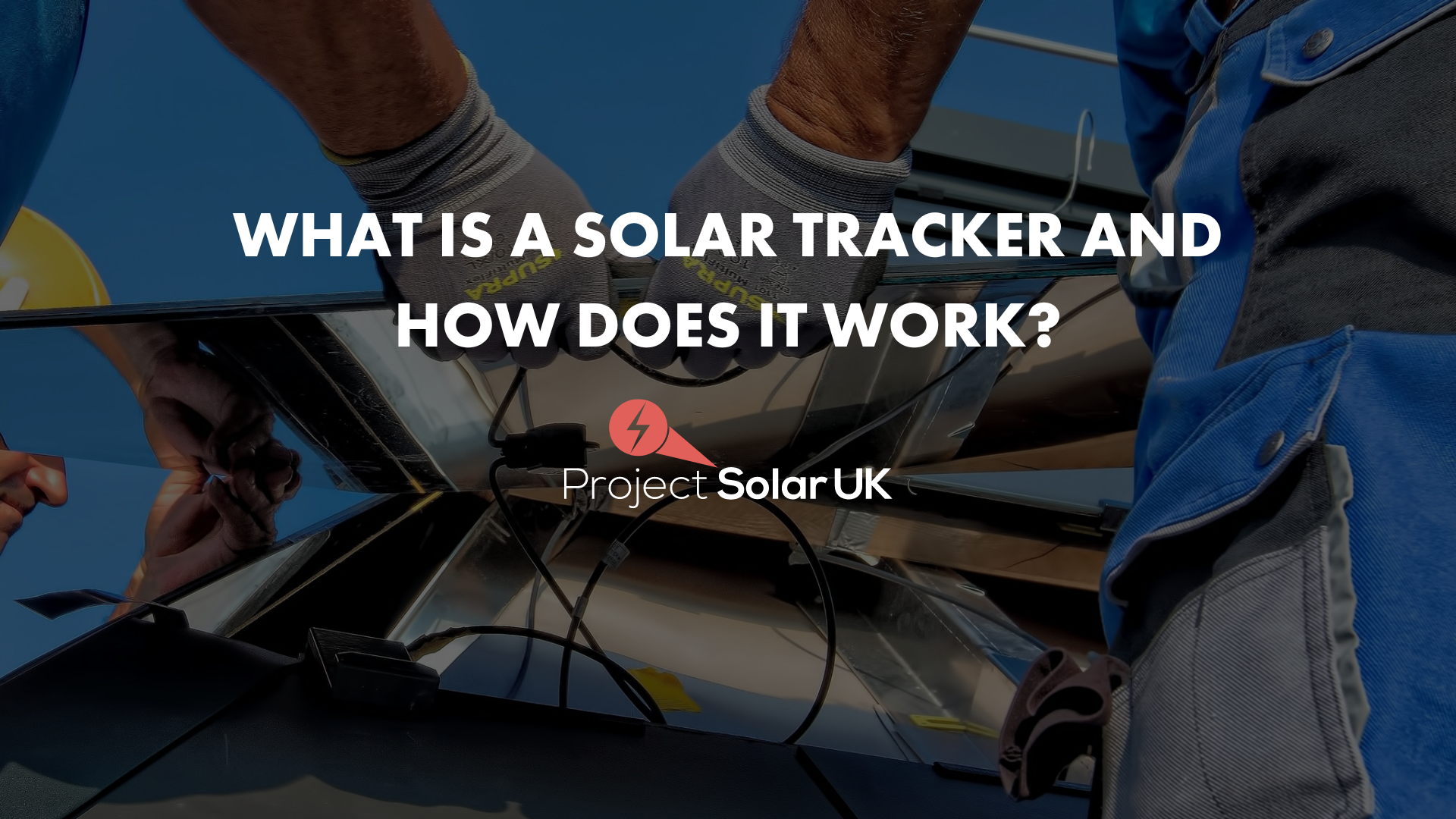
Solar trackers are mechanical systems designed to orient solar panels toward the sun as it moves across the sky. These innovative tools are typically seen in larger-scale solar projects in the UK, such as commercial or utility-grade installations, rather than in individual households. The reason? Solar trackers can be bulky, heavy, and require more upkeep than fixed solar panels, making them less practical for smaller setups.
How Do Solar Trackers Operate?
Solar trackers function by continuously adjusting the position of solar panels to stay aligned with the sun. This constant repositioning ensures that the panels receive maximum sunlight throughout the day.
The fundamental concept behind solar trackers is to decrease the angle of incidence, which is the angle between incoming sunlight and the solar panel's surface. A lower angle of incidence results in higher energy output because the sunlight strikes the solar cells more directly. When the sun's rays hit the panel perpendicularly, it can produce more electricity.
To achieve this alignment, solar trackers use various technologies. Some models rely on software that predicts the sun's position based on astronomical data. Others utilize solar sensors to detect the sun's movement in real time. However, sensor-based trackers might face challenges during overcast days or early mornings when the sun isn't as visible.
Types of Solar Trackers
There are several varieties of solar trackers, each with unique features, advantages, and ideal uses.
1. Manual Solar Trackers
Manual solar trackers represent the simplest type of tracking systems. These require manual adjustments to align the panels with the sun's position. Since they don't incorporate motors or sensors, they depend entirely on human intervention. While cheaper to install, they demand regular effort and aren't as efficient as automated options.
Because manual trackers lack complex machinery, they're easier to maintain. However, they're labor-intensive and less effective compared to automated systems. This makes them less popular for large-scale operations where continuous energy generation is critical.
2. Passive Solar Trackers
Passive solar trackers operate using a gas-fluid mechanism. Inside the tracker is a substance with a low boiling point that heats up and moves the panel to align with the sun. As the fluid expands and contracts based on temperature changes, the tracker shifts accordingly.
Unlike active trackers, passive ones don't use motors or electronic controls, which means fewer moving parts and potentially lower maintenance needs. Although not as precise as active trackers, they strike a good balance between affordability and efficiency. They work best in medium-sized installations where some automation is desired without the high cost of advanced technology.
3. Active Solar Trackers
Active solar trackers are the most sophisticated and widely used today. These systems include motors and a control system that employs GPS or light sensors to precisely track the sun's path.
Due to their complexity and reliance on moving parts, active trackers are pricier to set up and maintain. However, they excel in large-scale solar projects where the initial investment can be recouped through increased energy yields.
Active solar trackers differ from manual and passive versions because they can be divided into two subcategories:
4. Single-Axis Trackers
Single-axis trackers pivot around one axis, usually aligned north-south, allowing the panels to follow the sun from east to west. This design simplifies the system while still improving energy capture significantly.
5. Dual-Axis Trackers
Dual-axis trackers, on the other hand, adjust both horizontally and vertically. This allows them to track the sun's position throughout the day and across seasons, ensuring optimal alignment regardless of the time of year or weather conditions.
Applications of Solar Trackers
In the UK, solar trackers find their primary application in large-scale commercial and industrial settings rather than residential areas. Their size and maintenance demands make them ideal for utility-scale solar farms, agricultural projects, or scientific studies.
1. Utility-Scale Solar Farms
One of the largest solar farms in the UK is Shotwick Solar Park in Flintshire, Wales, spanning 250 acres. With a capacity of 72.7 MW, it ranks among the top solar facilities in the country. Similar installations across the UK employ tracking systems to maximize energy output by following the sun's trajectory daily.
These solar parks play a crucial role in feeding clean energy into the national grid, powering homes and businesses nationwide.
2. Commercial and Industrial Facilities
Businesses and industries can benefit greatly from rooftop or ground-mounted solar arrays enhanced by tracking systems. By optimizing energy production, companies not only reduce their carbon footprint but also gain insights into their energy usage through advanced monitoring tools.
3. Research and Development Projects
Solar trackers serve as valuable tools for advancing solar technology. In academic settings, researchers use them to evaluate different panel types, tracking methods, and environmental impacts under UK-specific conditions.
Be Part of the Solar Revolution!
Solar trackers offer numerous advantages, including maximizing power generation by minimizing the angle of incidence between sunlight and panels. If you're considering joining the renewable energy movement, reach out to us to explore your options. Our cutting-edge solar solutions cater to both residential and commercial needs, providing an eco-friendly way to meet your energy demands.
Textile Chemicals,Leveling Agent,Leather Chemicals,Leather Tanning Chemicals
ANYANG DOUBLE CIRCLE AUXILIARY CO.,LTD , https://www.aydoublecircle.com